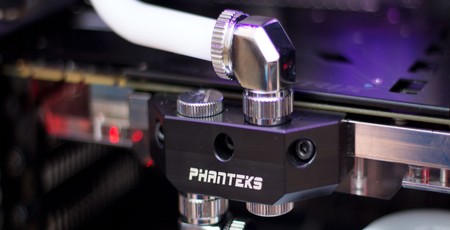
Fitting the Glacier G1080 Asus Strix GPU Block
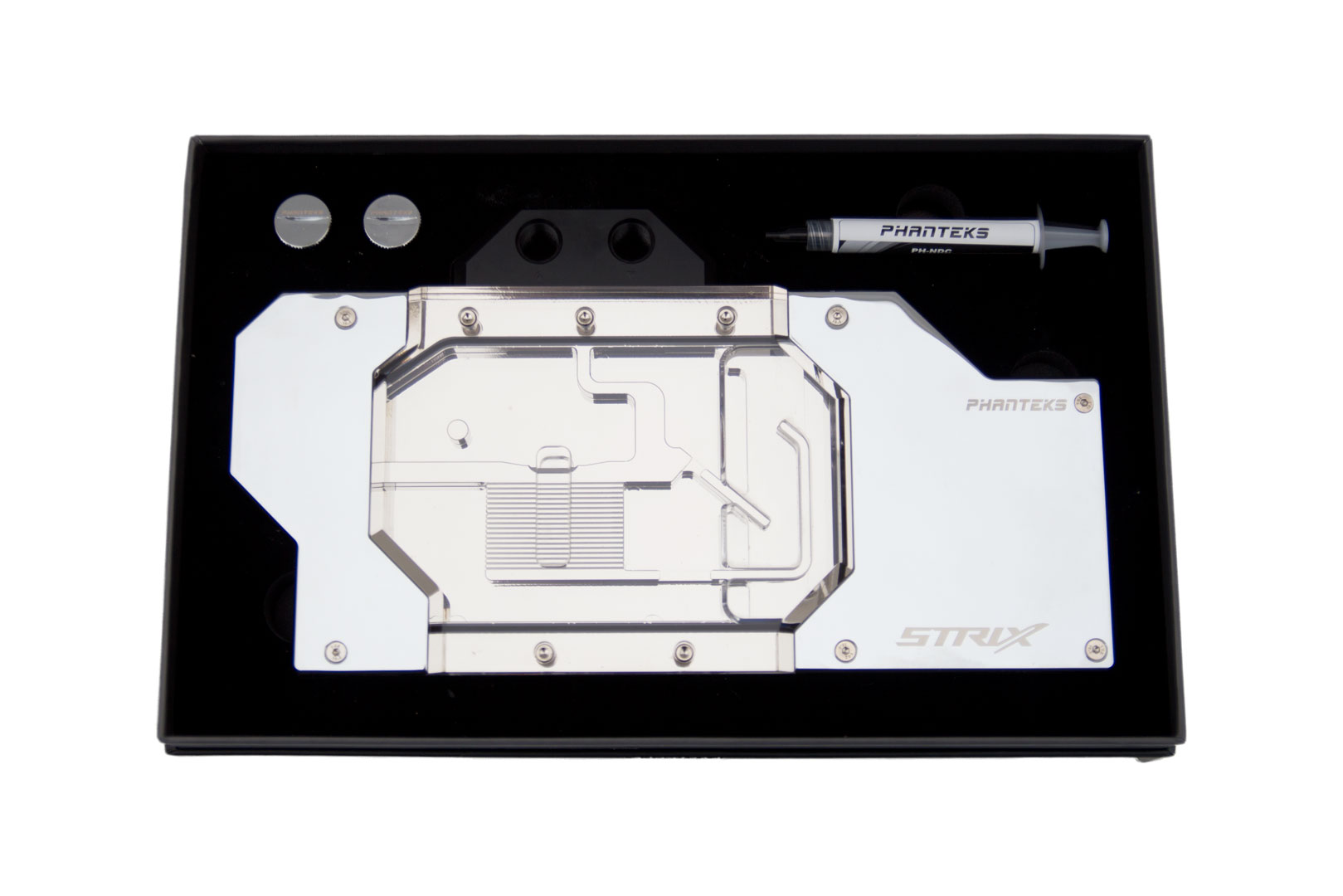
Finally, let’s look at the GPU block. We chose the Phanteks Glacier G1080 Asus Strix water block, mainly because we wanted to see how the RGB lighting works with Asus Aura and other RGB lighting. Also, we had a spare Asus GTX 1070 Strix here (the block is compatible with both GTX 1070 Strix and GTX 1080 Strix cards), so it was nice to give it a change of block. As you have probably guessed already, the packaging was excellent again, and it leaves you with great first impressions.
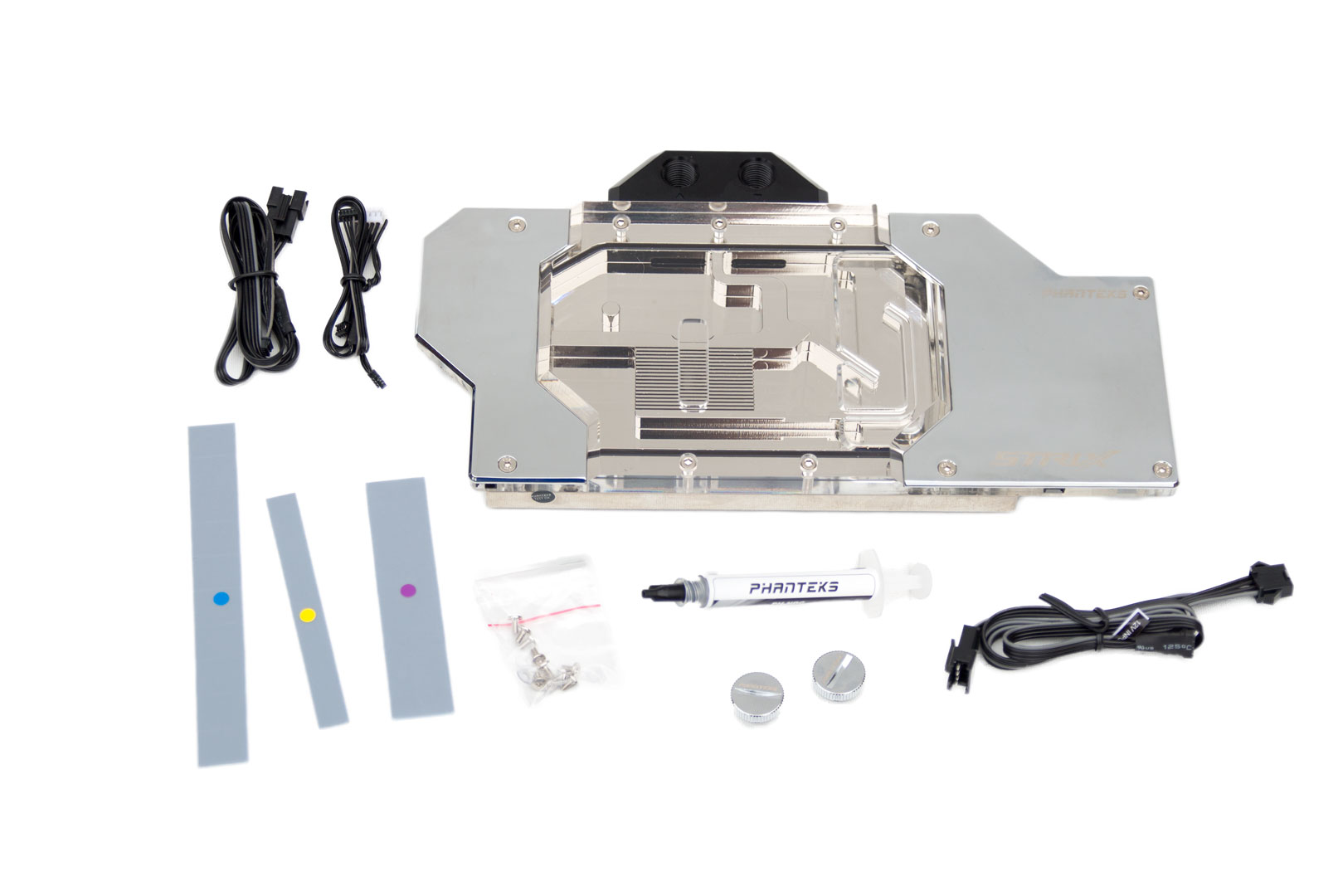
The contents of the box are plentiful; there is the block, a tube of thermal paste, screws, two G1/4 plugs and all the cables to get the LEDs working with various controllers. There are also some colour-coded thermal pads, which is a really straightforward way of making sure you know which pads go where, and along with the clear and concise instruction manual there shouldn’t be any problems.
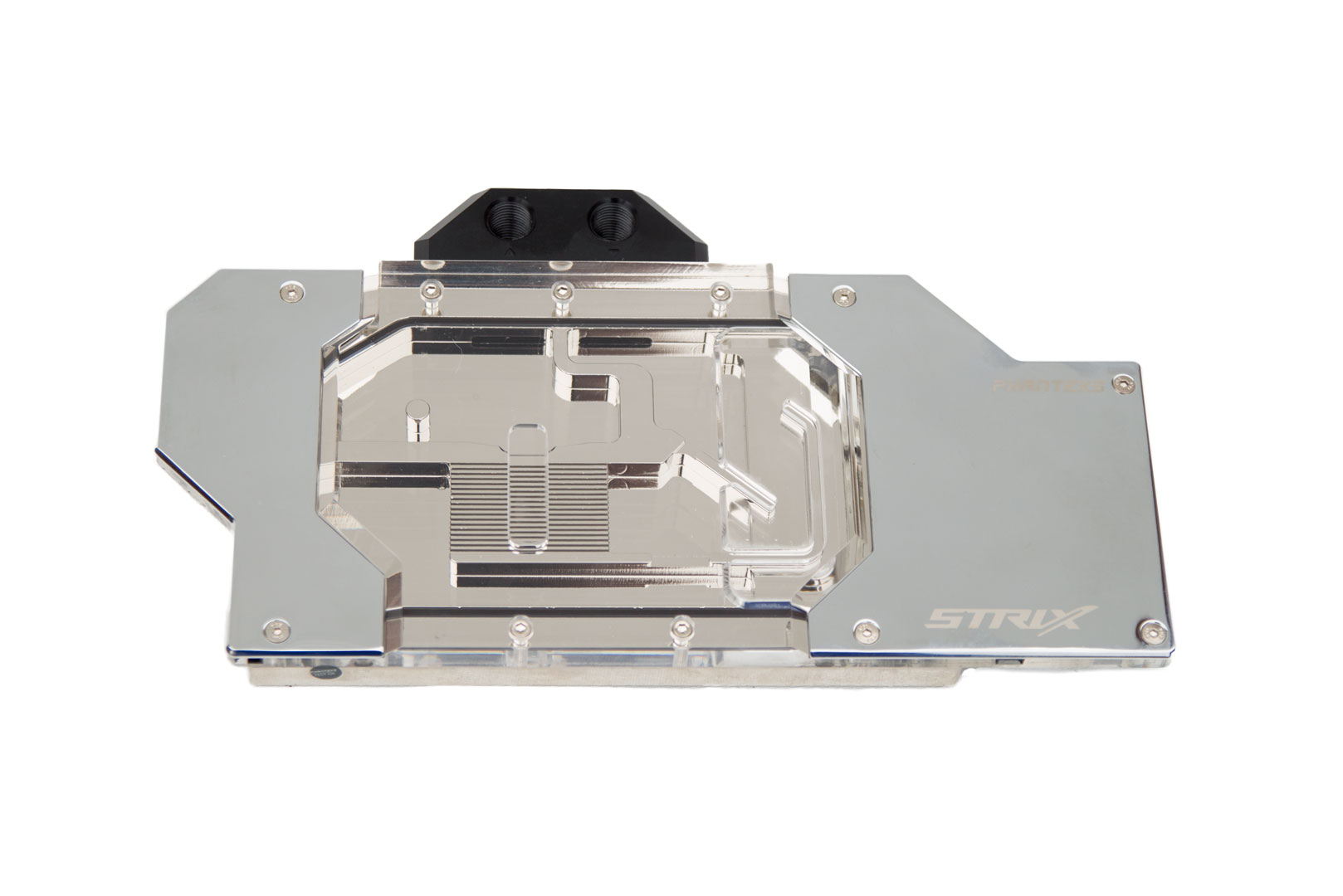
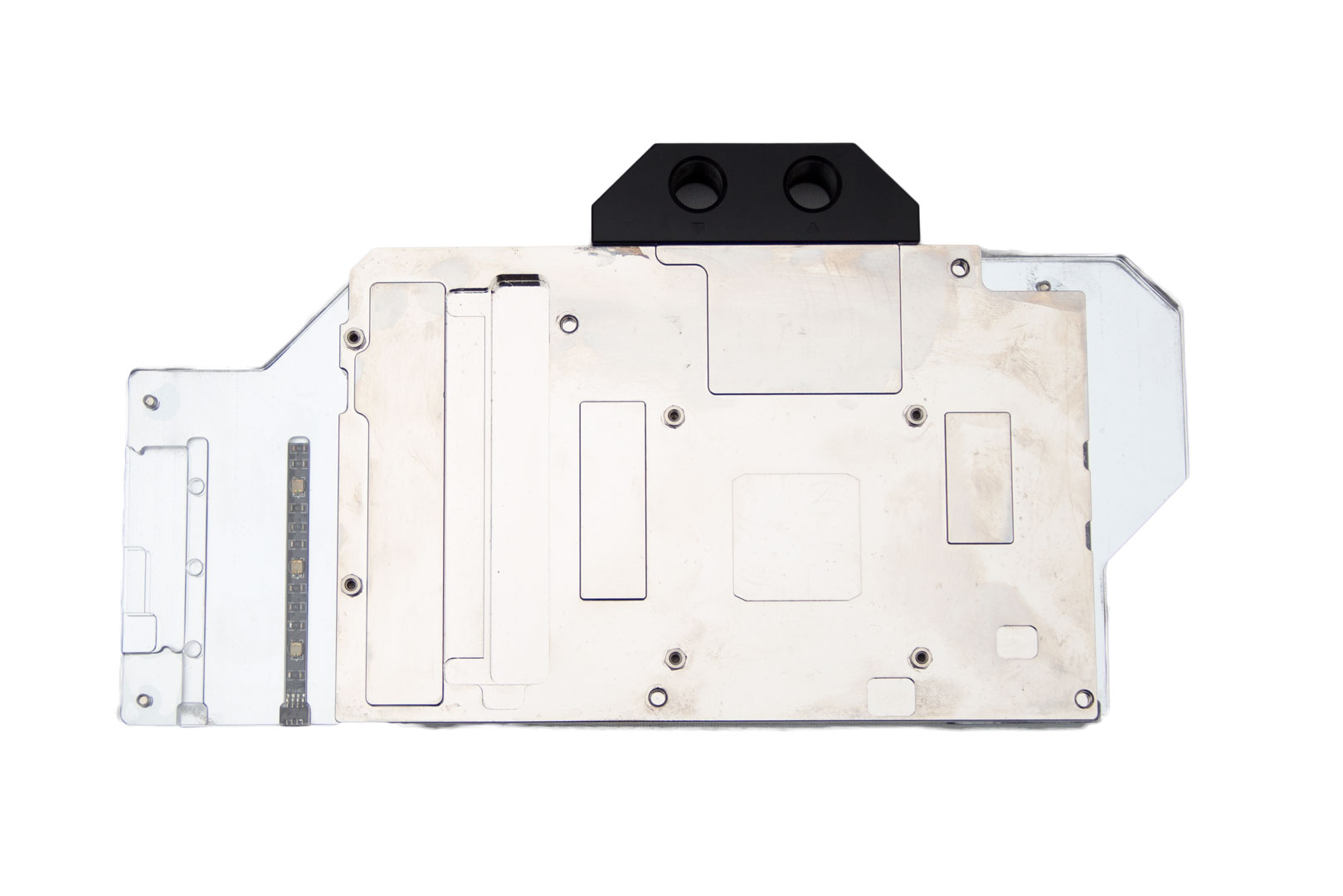
The GPU block itself is made of nickel-plated copper. There are some aluminium covers that are chrome-plated but which never encounter any fluid. The plugs are nickel-plated brass. The block is very heavy at just over 1.6kg, and once installed onto the GPU it weighed around 1.85kg. I had an EK water block on the GPU previously, and that weighed a measly 1.1kg when installed on the GPU. Heavy blocks are a double-edged sword, though; they give the impression of quality, but they can also damage PCIe lanes, especially if you're travelling with the PC. Motherboard manufacturers are reinforcing PCIe slots nowadays, but still, this is a lot of weight for a single slot to take. There are some machining marks on the underside of the block, but all contact plates are smooth, which is the most important thing.
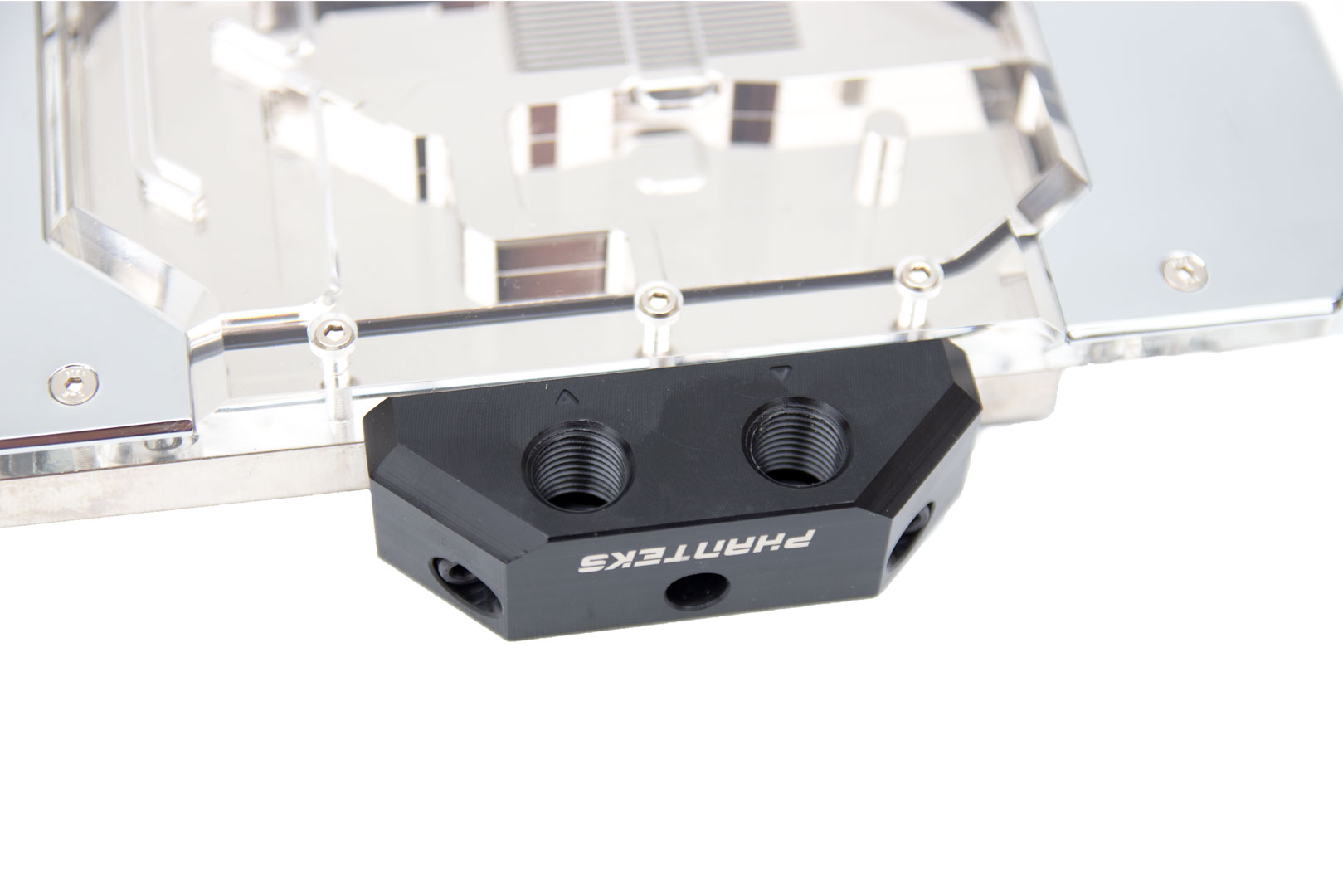
The ports for this block are G1/4 standard and seems to be made of acetal. The inlet and outlet ports are also marked so this does restrict your usage a little.
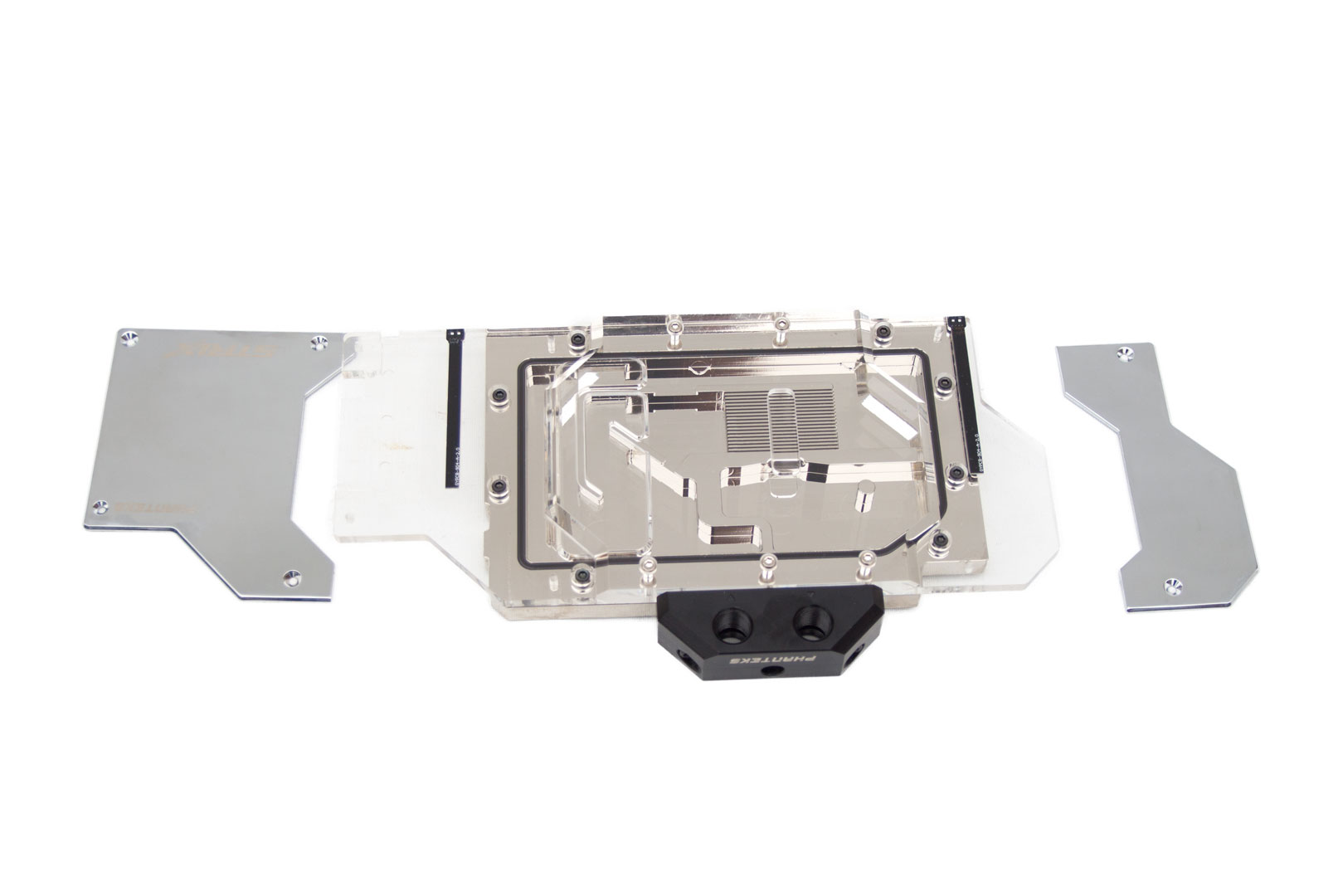
Taking the top plates off reveals the LED strips, just like the CPU block. Up to this point, the warranty is still intact. There are eight more screws, however, which once removed do break a QC sticker; I imagine that this void your warranty.
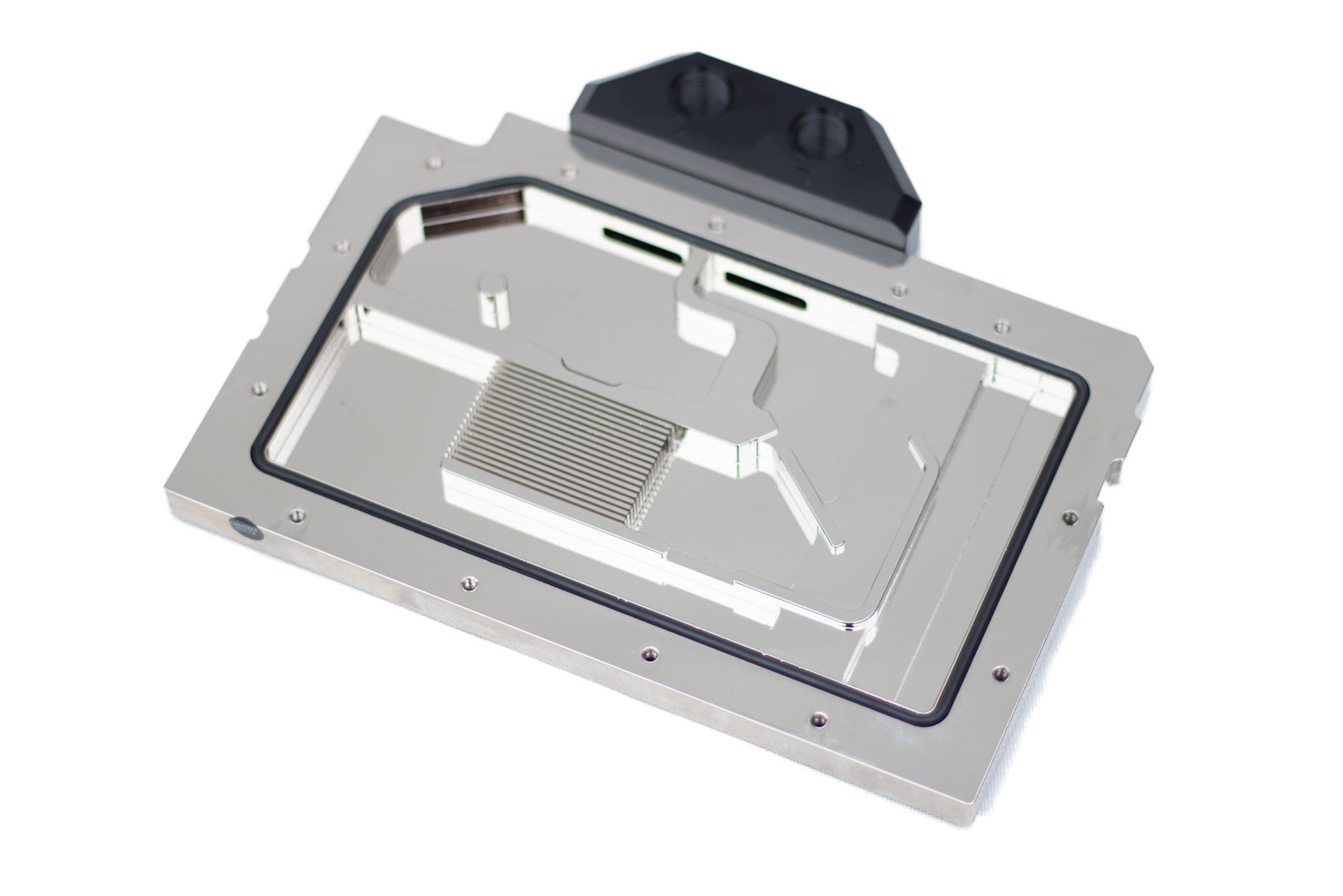
Inside the block, there are very few machine marks or issues. The layout is quite hard to understand, but basically, the fluid is forced around the block cooling the VRMs then going over the fins and then back out.
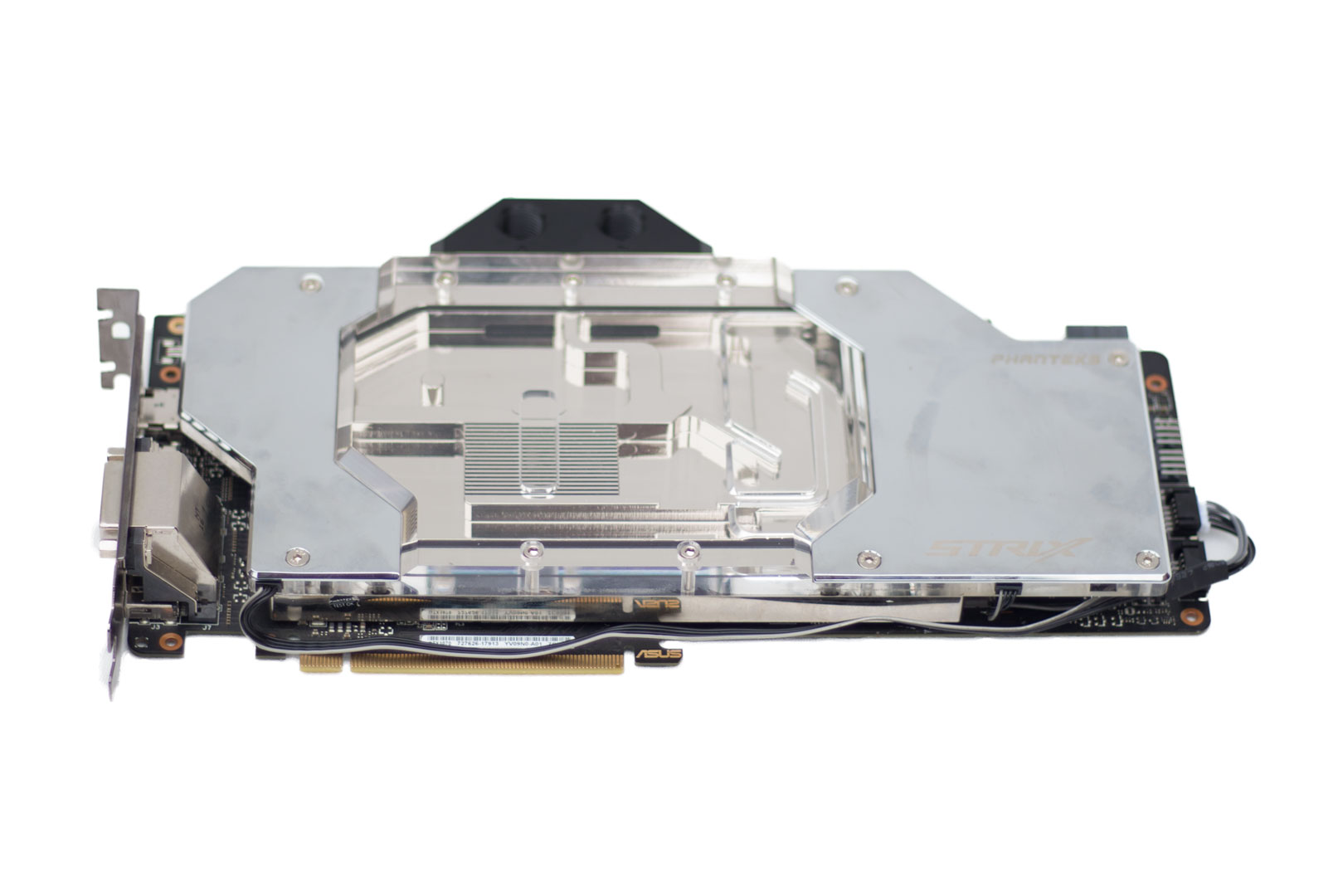
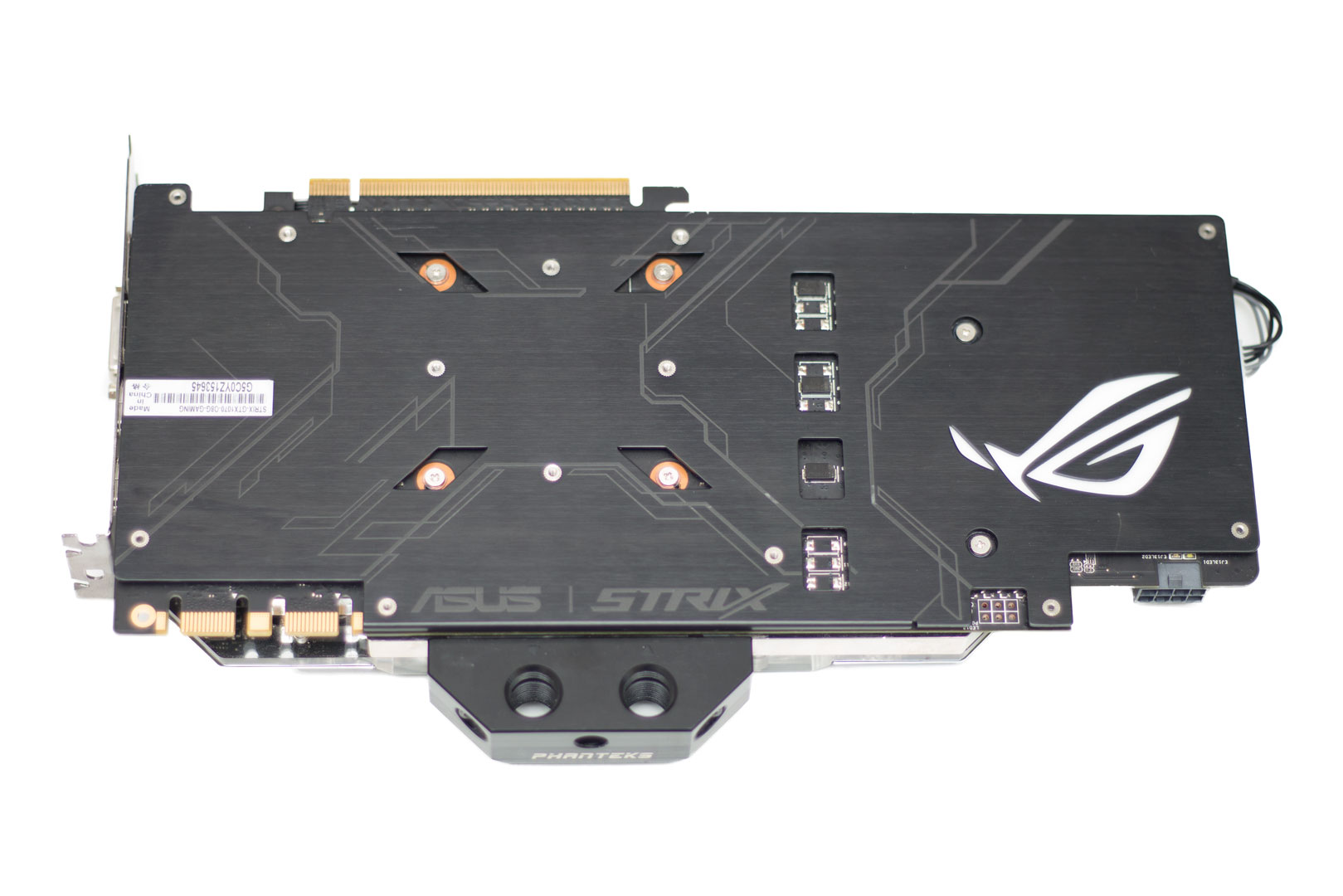
I haven’t shown installation as I was going from one block to another, so it would be completely different to what you would be doing if you were starting with the stock cooler. I will say that installation was a breeze. There is some confusing wording regarding the backplate, but with the pictures as well, it wasn’t hard. I do like how you can use the original backplate with this block. The block isn’t cheap at all, but if you factor in not having to buy a backplate, it is more in line with other brands.

MSI MPG Velox 100R Chassis Review
October 14 2021 | 15:04

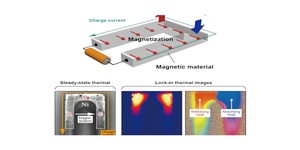
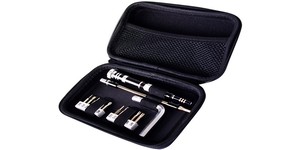
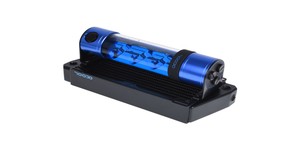




Want to comment? Please log in.